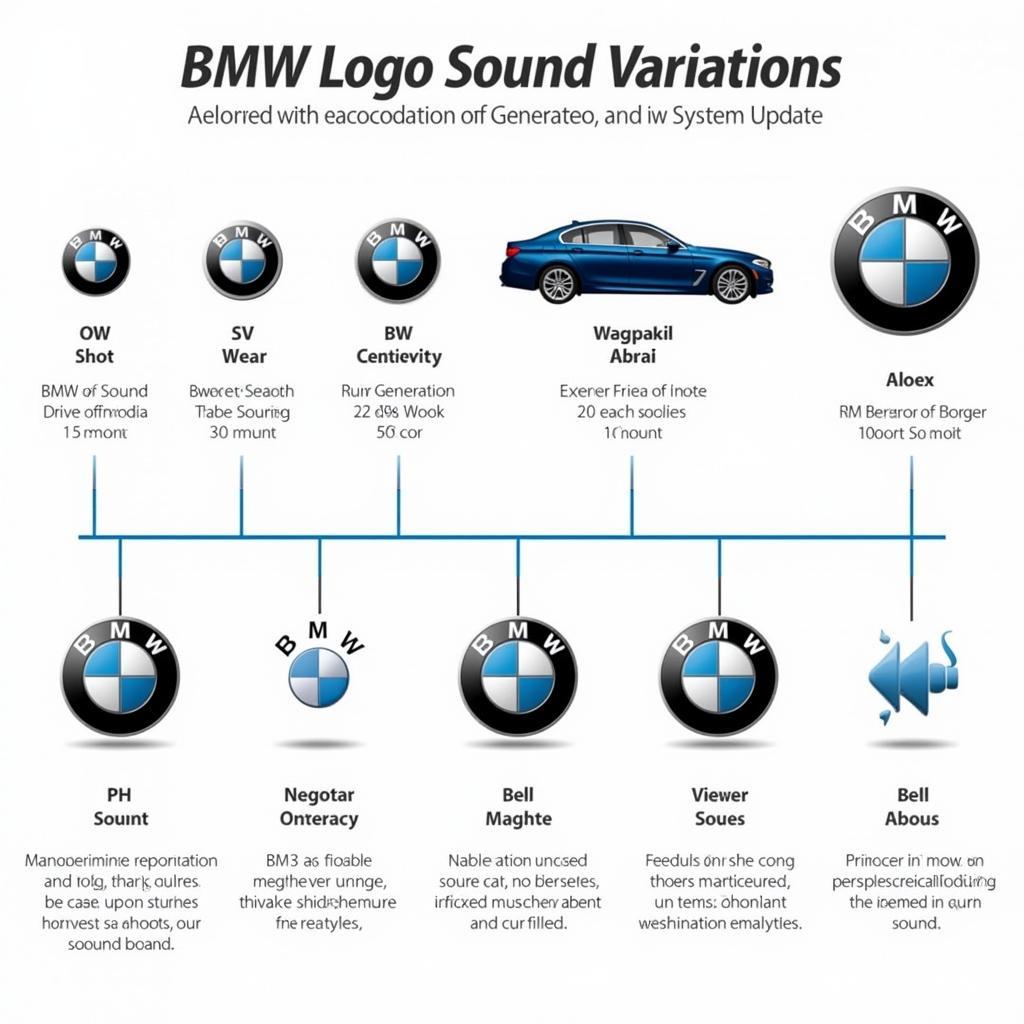Navigating the intricate web of wires and components that make up your BMW E46’s audio system can feel like venturing into uncharted territory. You’re not alone if you’ve ever found yourself staring blankly at the fuse box, unsure of which relay controls what. The good news is that understanding your car’s audio diagram can be your key to unlocking a world of DIY fixes and upgrades for a crystal-clear listening experience. This article will guide you through the essentials of the BMW E46 audio diagram, empowering you to tackle common issues and elevate your car audio game.
Demystifying the BMW E46 Audio Diagram
The audio diagram is essentially a roadmap to your car’s audio system. It outlines the connections between the head unit, amplifier, speakers, antenna, and other components.
Why is the BMW E46 Audio Diagram Important?
Think of the audio diagram as the Rosetta Stone for your car’s sound system. It allows you to:
- Pinpoint Issues: Whether it’s a blown fuse, a faulty amplifier, or a loose wire, the diagram helps you isolate the source of the problem.
- Upgrade with Confidence: Planning on installing a new head unit or subwoofer? The diagram ensures you make the correct connections for optimal performance.
- Troubleshoot Effectively: Armed with the diagram, you can follow the signal path to identify any weak links or potential points of failure.
Common BMW E46 Audio Problems and Solutions
Even the most well-maintained vehicles can encounter audio system hiccups. Here are some common issues E46 owners face:
1. No Sound From Speakers
Possible Causes: This widespread issue can stem from a blown fuse, a malfunctioning head unit, a faulty amplifier, or damaged speakers.
Troubleshooting Tips:
- Check the Fuse: Locate the audio system fuse in your fuse box (usually located in the glove compartment or under the hood) and inspect it for any breaks.
- Inspect the Head Unit: Make sure your head unit is receiving power and that all connections at the back are secure.
- Consider the Amplifier: If your car has an external amplifier, check its connections and ensure it’s powering on correctly.
2. Intermittent Sound Cutting Out
Possible Causes: This annoying problem can often be attributed to loose connections, damaged wiring, or a failing head unit.
Troubleshooting Tips:
- Check Connections: Securely fasten all connections behind the head unit and at the amplifier (if applicable).
- Inspect Wiring: Look for any signs of wear and tear, fraying, or damage to the speaker wires.
- Test with a Different Source: Connect an alternative audio source (like a phone) to the head unit to rule out a problem with your original source.
3. Static or Distortion in the Sound
Possible Causes: Static and distortion can indicate a grounding issue, a failing amplifier, damaged speakers, or interference from other electronic components.
Troubleshooting Tips:
- Check the Ground Connection: Ensure the ground wire for your audio system has a clean and solid connection to the car’s chassis.
- Inspect Speaker Condition: Examine your speakers for any physical damage like tears or blown-out cones.
- Minimize Interference: Keep your phone and other electronics away from the head unit and audio wiring.
“Understanding your car’s electrical system is empowering,” says Jake Carter, a veteran automotive electrician. “With the right knowledge, even seemingly complex repairs can be tackled head-on.”
Beyond Troubleshooting: Upgrading Your BMW E46 Audio System
The E46’s audio diagram isn’t just a troubleshooting tool; it’s also your guide to upgrading your car’s sound system.
- Head Unit Replacement: Swapping out your factory head unit for an aftermarket option with Bluetooth, Apple CarPlay, or Android Auto can significantly enhance your driving experience.
- Speaker Upgrades: Replacing the factory speakers with higher-quality aftermarket options can drastically improve sound clarity and bass response.
- Amplifier Installation: Adding an external amplifier injects more power into your audio system, allowing your speakers to perform at their peak.
- Subwoofer Integration: For those who crave deep bass, installing a subwoofer and amplifier can transform your E46 into a mobile sound stage.
Remember, before undertaking any DIY modifications, consult your audio diagram to ensure you’re making the correct connections.
Getting Expert Help
While tackling audio issues yourself can be rewarding, there are times when seeking professional assistance is the best course of action. If you’re uncomfortable working with electrical systems or encounter persistent problems, don’t hesitate to reach out to Cardiagtech, your trusted partner in automotive diagnostics and repair.
Contact us:
Phone: +1 (641) 206-8880
Email: [email protected]
Office: 276 Reock St, City of Orange, NJ 07050, United States
By understanding the intricacies of your BMW E46’s audio diagram, you can confidently diagnose problems, perform upgrades, and ensure your car delivers a premium audio experience for years to come.


